At first glance, lava lamps might just seem like groovy home decor from a long-gone era (and admittedly, they kind of are).

However, under the swirling blobs and psychedelic glow, they ended up taking on a much deeper meaning, especially for the queer community. Somewhere between retro cool and vibrant rebellion, lava lamps became a symbol of freedom, creativity, and choosing to live outside the lines. Here’s how these hypnotic lights found their way into queer spaces, and why they still carry meaning today.
1. They embodied the spirit of not fitting into a mould.
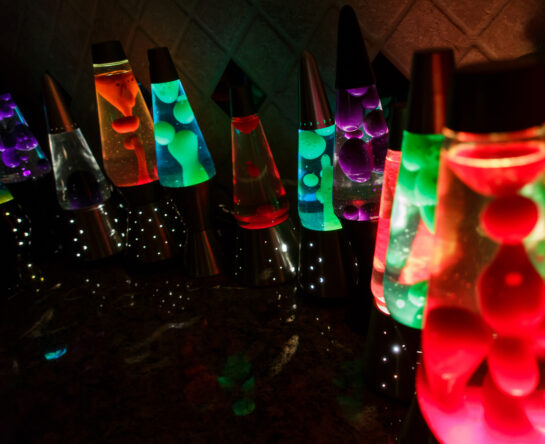
Lava lamps don’t move in straight lines or predictable patterns, and that became a subtle metaphor. In a world that often demanded people “stay in line,” the flowing unpredictability of a lava lamp felt like a quiet celebration of moving differently.
For many queer people growing up in rigid environments, just seeing something that refused to “behave” the way it was supposed to was empowering. It reminded them that beauty and truth don’t have to follow traditional forms, and neither did they.
2. They created safe, non-traditional spaces.

Back when queer bars and gathering spaces had to be hidden or coded to stay safe, decor choices mattered. A lava lamp’s glow made a room feel welcoming, intimate, and quietly defiant, without attracting the wrong kind of attention from the outside world. The soft, shifting light offered comfort. It gave a subtle signal that inside those walls, the rules were different. Here, you didn’t have to explain yourself or tone anything down. You could just be.
3. They fit naturally with the counterculture movements.
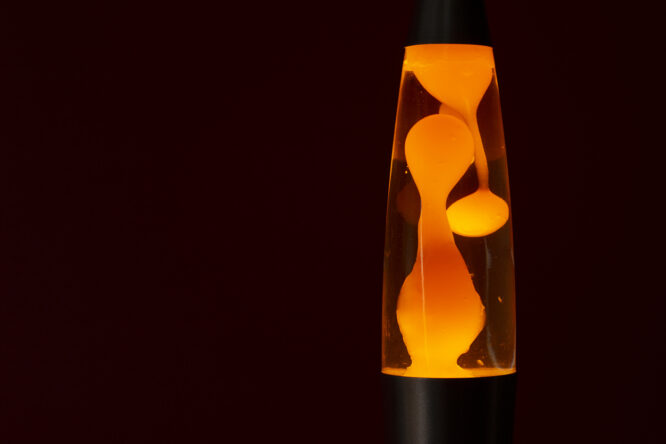
Queer liberation didn’t happen in isolation; it was tied up with broader waves of rebellion and change in the 1960s and 70s. Lava lamps were part of that visual language of counterculture, rejecting bland conformity and celebrating wild, messy freedom.
Owning a lava lamp wasn’t just about loving colour or design. It was about aligning yourself, even quietly, with movements that believed in personal freedom, self-expression, and breaking out of old boxes—values that echoed strongly in queer lives too.
4. They made queer homes feel more like sanctuaries.
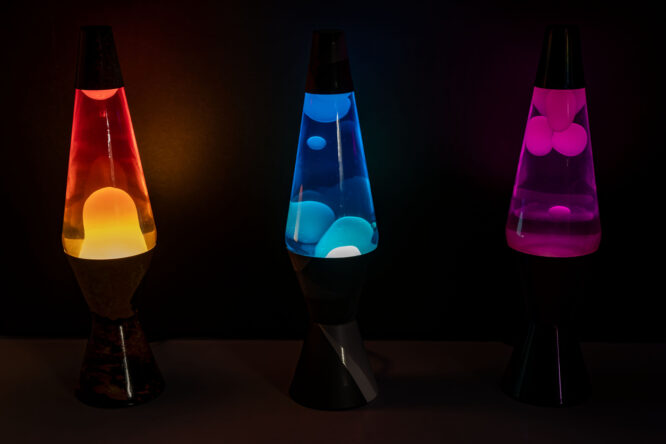
For many queer people, especially in the past, home wasn’t always a safe place growing up. When they built their own homes later, even tiny touches like a lava lamp helped claim a space where softness, difference, and beauty could finally exist freely. The gentle, otherworldly glow wasn’t just pretty—it was powerful. It was a way of creating pockets of safety and celebration in a world that often felt hostile or unforgiving toward difference.
5. They were accessible ways to express individuality.

You didn’t have to be rich, powerful, or famous to own a lava lamp. Unlike high-end art or designer pieces, lava lamps were something regular people could afford—a little daily rebellion glowing on a bedside cabinet or coffee table.
Especially for young queer people just starting out, having a lava lamp in their dorm room or flat was an affordable, meaningful way to claim some personal space where their identity wasn’t just tolerated. It was reflected back to them with pride and colour.
6. They stood out in all the right ways.
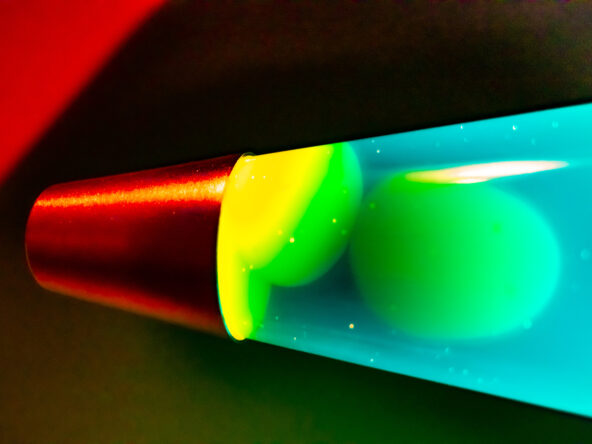
In a world where blending in was often encouraged for safety, the lava lamp was a reminder that standing out could be beautiful too. Its bold, strange beauty wasn’t apologetic—it owned the space it took up.
For queer people learning to unlearn shame and embrace visibility, that message mattered. A lava lamp didn’t whisper; it glowed, shifted, danced, and showed that being different wasn’t something to hide, but something to light up the room with.
7. They offered a sensory break from a harsh world.
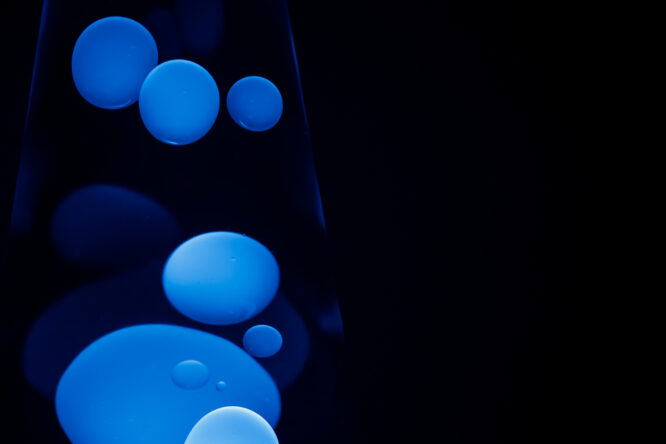
The gentle, hypnotic flow of a lava lamp offered a calming visual escape from a world that could feel sharp, judgemental, and unsafe. Watching the blobs float and morph was soothing, almost meditative. In spaces where stress, fear, or sadness often lurked just under the surface, the simple act of zoning out to a lava lamp became an act of self-care, and a small way to breathe deeper, slow down, and reconnect with softness and wonder.
8. They became quiet declarations of pride.

Even before Pride flags were common household items, queer people found subtle ways to surround themselves with symbols of difference and resilience. Lava lamps became one of those quiet declarations—a wink, a nod, a shared language. If you walked into someone’s home and saw one, it didn’t scream anything at you. But for those who knew what it felt like to move through a world that demanded sameness, it was a little glowing message: you’re not alone here.
9. They kept evolving with the community.
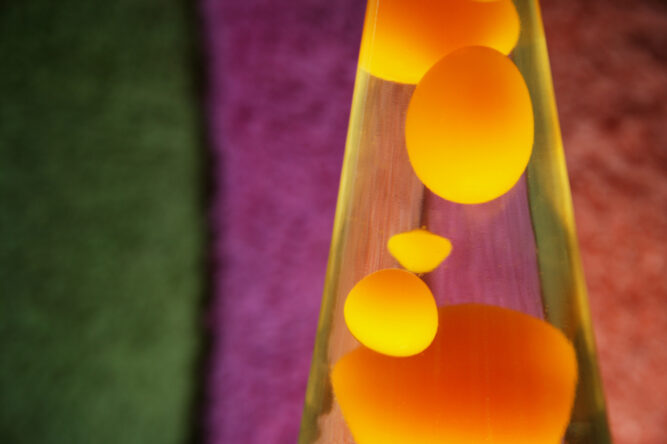
As queer culture has evolved, so has the symbolism around lava lamps. They’ve stayed relevant not because they’re trendy, but because they represent something timeless—the right to exist, change, move freely, and light up the dark in your own way.
Today’s lava lamps might come in every colour imaginable, but that core feeling remains: fluidity, transformation, celebration of the different. They still whisper the same thing to anyone who needs to hear it: you’re allowed to be exactly who you are.
10. They remind us that freedom can be joyful, not just serious.
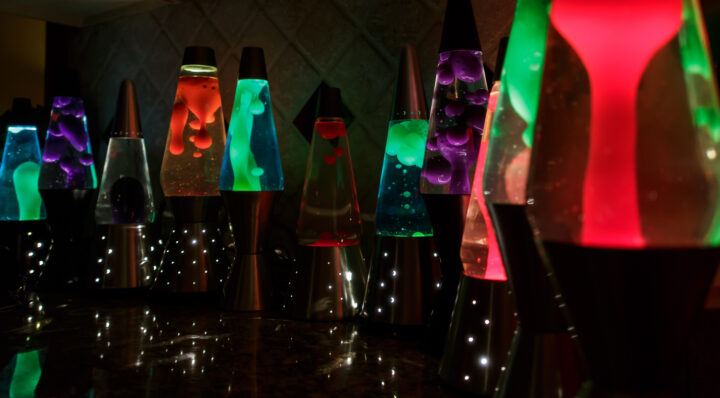
Fighting for rights, survival, and recognition has always been heavy work, but lava lamps remind us that freedom can also be playful, weird, and joyful. Queer resilience isn’t just about surviving pain; it’s about creating beauty in spite of it.
Those swirling lights are a reminder that even in serious times, making room for colour, joy, and celebration isn’t frivolous—it’s revolutionary. Especially for communities that have had to fight so hard just to exist, that joy is part of the freedom itself.




